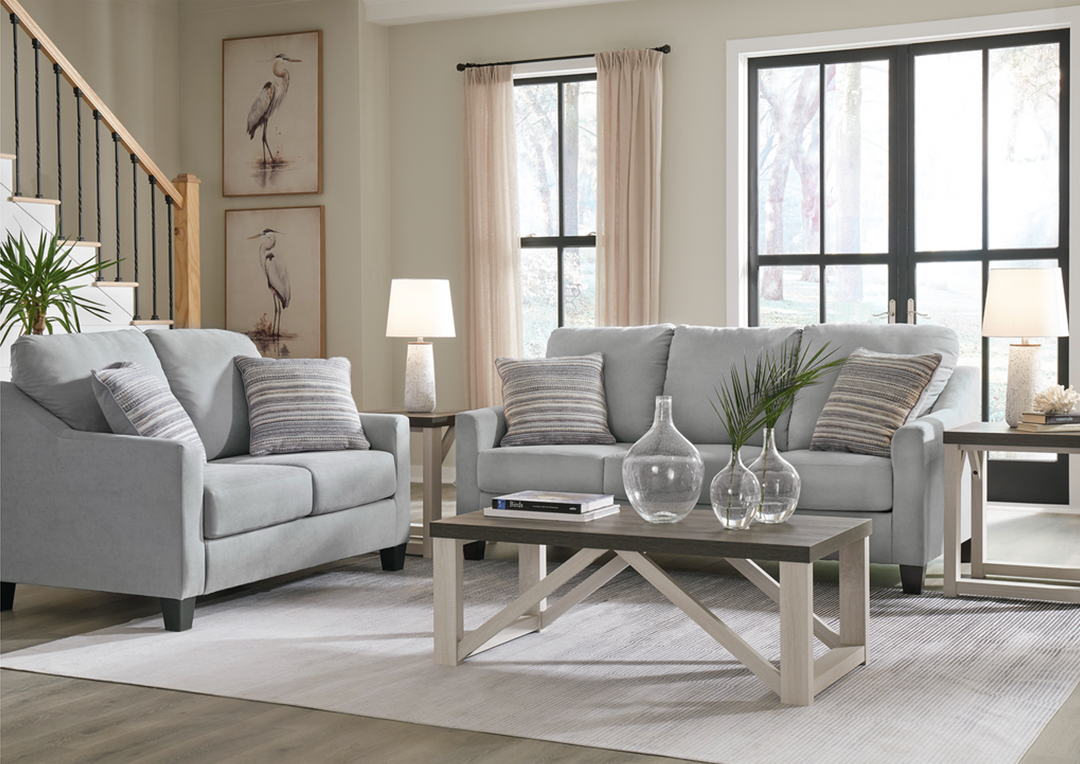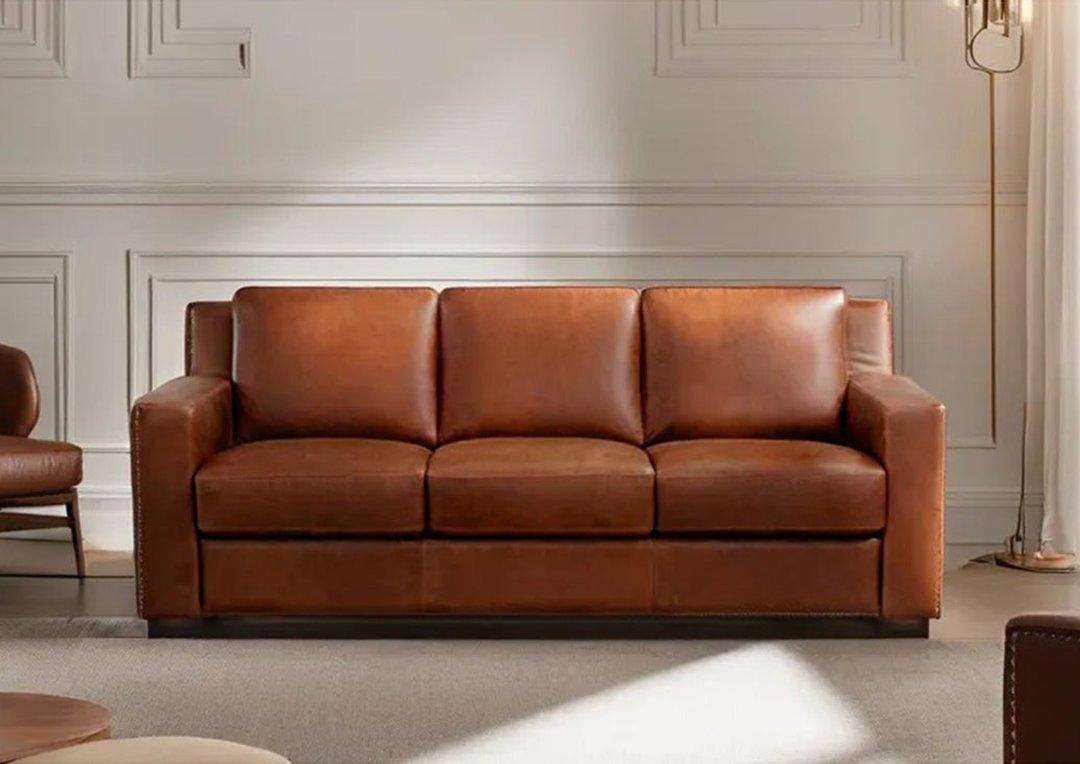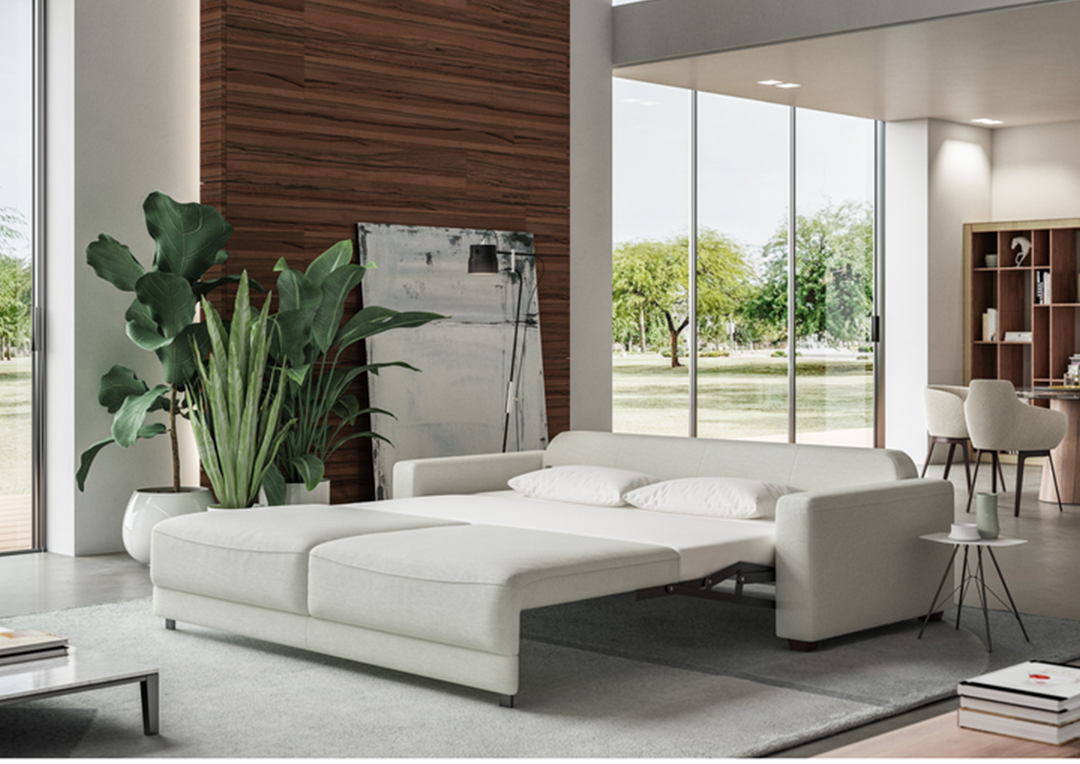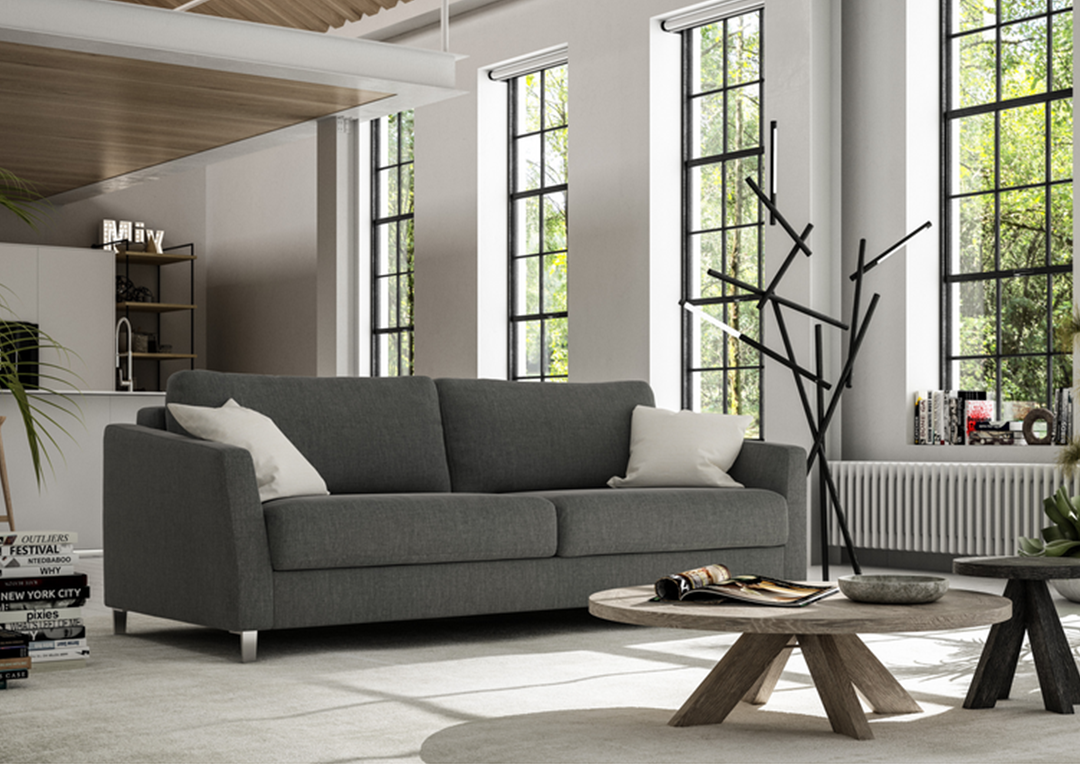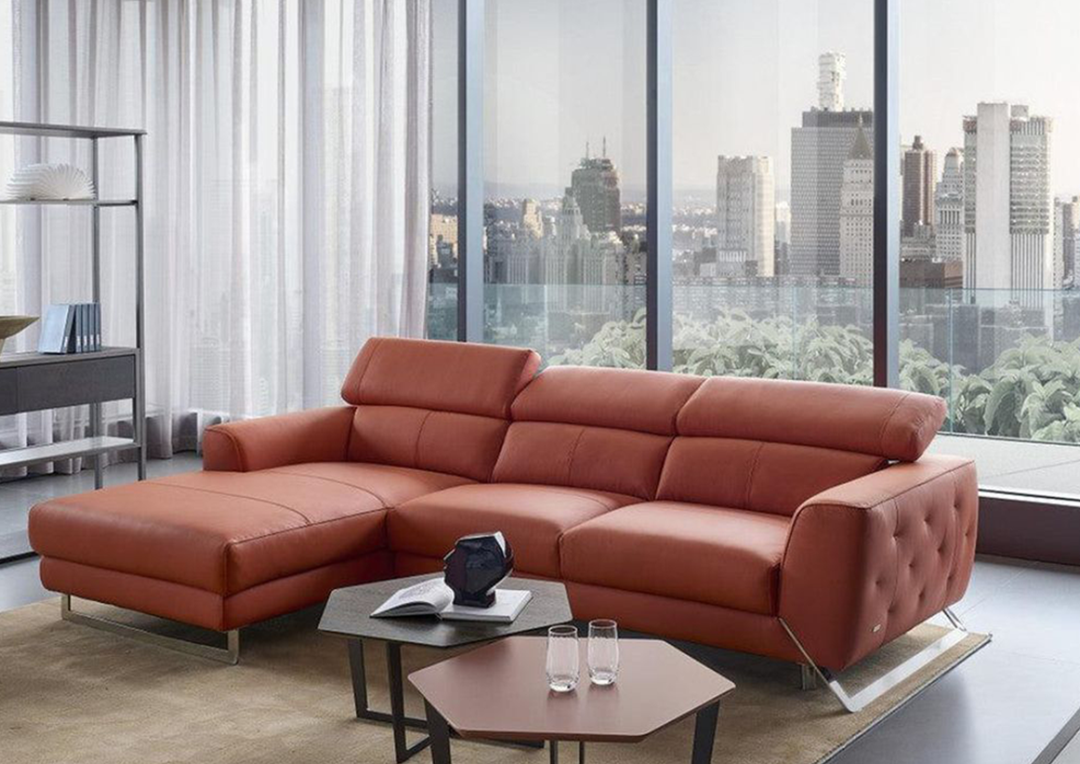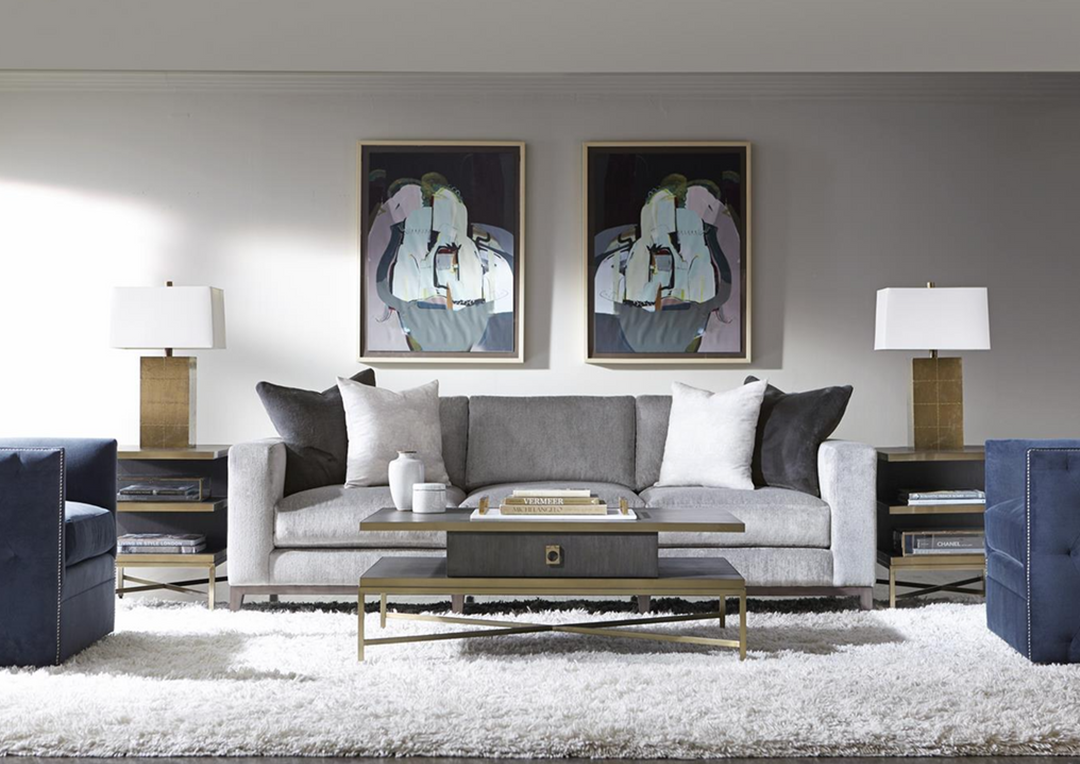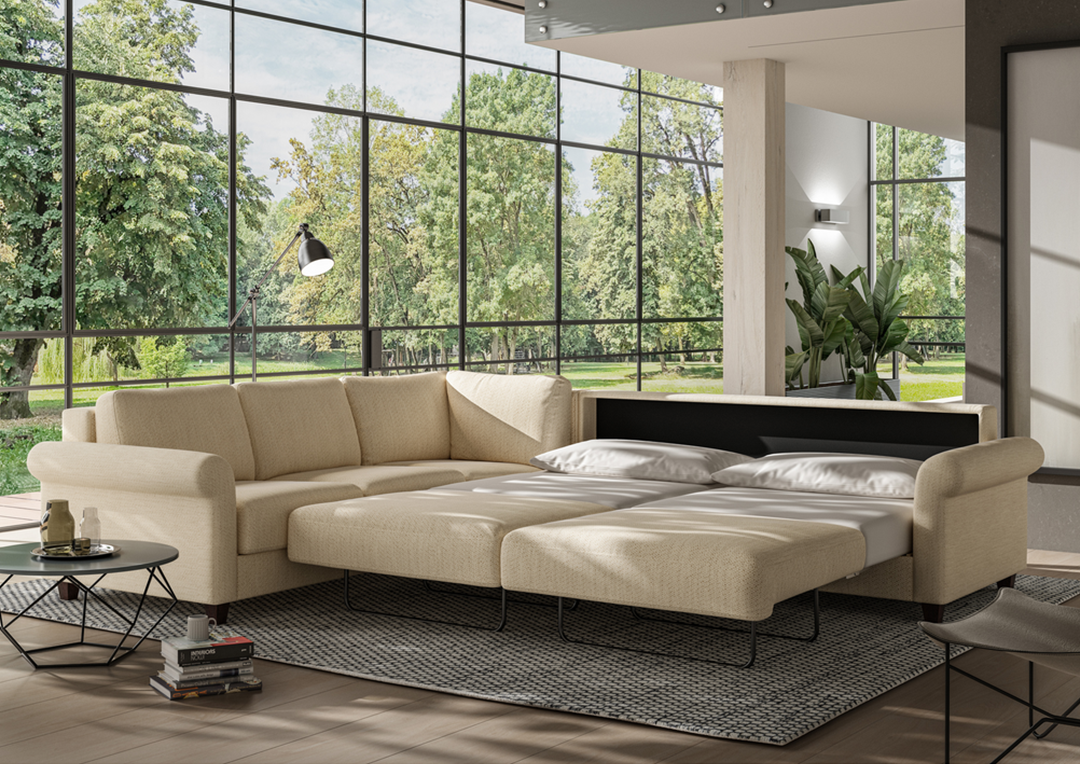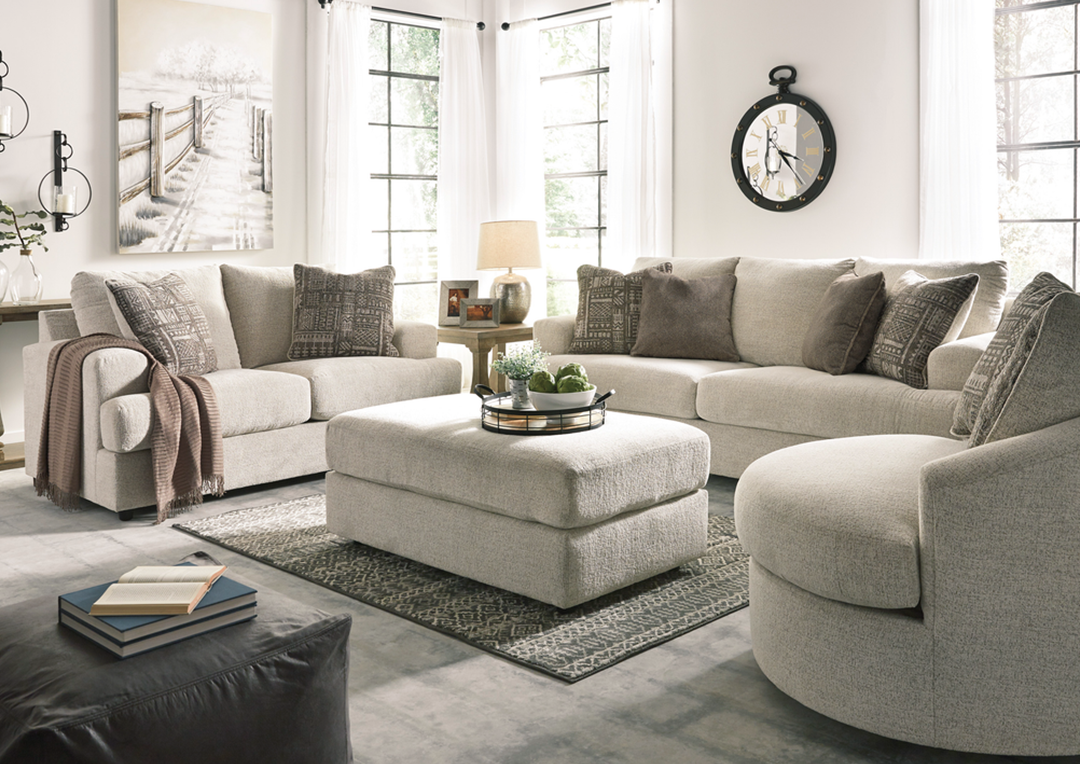Sleeper Sofa vs Daybed: Which One is Right for You?

TABLE OF CONTENTS
- What is a Sleeper Sofa?
- What are the common types of sleeper sofas?
- What is a Daybed?
- Design and Typical Use Cases
- Daybed Vs. Sofa Bed - Key Differences
- Final Words
- FAQs
If you are trying to make the most of a small space or set up a guest-friendly room, know that you aren’t alone. With more people living moving into apartments, downsizing, or just wanting their furniture to do more in their constrained space, multifunctional pieces like sleeper sofas and daybeds have become go-to choices.
But here’s the big question: Which one works best for your space and lifestyle? With the daybed itself being one type of sleeper sofa, it’s common to get confused on which one to pick. Both are designed to serve as smart, space-saving solutions and can double as a bed when needed.
So, to help you pick the right furniture, we have come up with a guide where we will break down the key differences between sleeper sofas and daybeds.
What is a Sleeper Sofa?
A sleeper sofa is a sofa that works as regular seating and can be converted into a bed when needed. It's a go-to option if you are trying to make the most of limited space, especially in apartments or small guest rooms.

What are the common types of sleeper sofas?
There are a few main styles you will see:
Pull-Out couch: This is the classic version where you must remove the back seat cushions and pull out a mattress that folds out from inside the frame.
Convertible sofa bed: These come in creative designs, some fold, slide, or click into bed mode without needing a separate mattress. For example, the back seat is made flat to work as a bed.
Easy open mechanism: This mechanism promises what its name says. You just have to pull the front panel and the mattress unfolds in 2 or 3 sections with assisted lift arms or gas springs. So, this one-motion or two-step operation is one of the most user-friendly mechanisms.
Each type has its own vibe and comfort level, so it's worth considering how often you will use it for sleeping vs. just lounging.
Pros:
- Great for overnight guests
- Saves space with seating and sleeping in one
- Available in lots of styles to match your decor
Cons:
- It can be heavier and harder to move
- Typically more expensive than a daybed
A sleeper sofa might be your best bet if you are after versatility and a real mattress feel. Find out your best sleeper sofa.
What is a Daybed?
A daybed, similar to a sleeper sofa, is a versatile piece of furniture that works as a bed and a sofa. It comes with a backrest and sides like a sofa but fits a twin-size mattress that can also support sleeping. So, this furniture is also best for small spaces, guest rooms, or home offices. Some come with extra features like a pull-out trundle bed or built-in storage too.

Design and Typical Use Cases
You will often find daybeds in guest rooms, home offices, or studio apartments where every bit of space matters. It works as a casual sofa or reading nook, and it's ready to be used as a bed.
Some even come with trundles (a second bed that rolls out from underneath), making them perfect for sleepovers or kids' rooms.
Pros:
- Doubles as a sofa and a bed, with a small footprint
- Easy to set up no unfolding or converting
- Can be super stylish with the right pillows and bedding
Cons:
- It is not ideal for seating a group; it's more of a one-person lounge.
- Mattress comfort depends on what you choose, it's basically just a twin bed
- Less "couch-like" than a sleeper sofa in terms of look and feel.
If you are decorating a smaller space or want something a bit more open and airy, a daybed might be a better fit.
Are you also deciding on futon vs sofa bed? Read this blog to get better clarification.
Daybed Vs. Sofa Bed - Key Differences
Let's break down how a sofa bed and a daybed really stack up against each other. Certain things to consider when deciding which one fits your space and lifestyle.
1. Functionality
Sleeper sofa: These are all about dual-purpose living. They are often available in full, queen, or even king sizes, making them suitable for couples. You get a proper sofa that converts into a bed, perfect for living rooms, guest rooms, or even offices, where you want seating most of the time and a bed when needed.
Daybed: Think of a daybed as more of a lounging bed than a sofa. It leans more toward sleeping and relaxing, but it can definitely pass for casual seating with the right cushions. This one is ideal for naps, reading, or even working (if you like lounging with a laptop).
Bottom line: Sleeper sofas feel more like a true couch, while daybeds are more
bed-forward with bonus seating.
2. Comfort for Sitting and Sleeping

Sleeper sofa: These usually offer great sitting comfort, but sleeping comfort depends on the mattress type. The old traditional pull-out mattresses used to be thin or had that dreaded bar-in-the-back issue. But rest assured that the modern versions have improved. Now you can find a 5 to 6-inch thick mattress that assures you of bed-like comfort.
Daybed: Since it uses a standard twin mattress, it's often more comfy for sleeping. But for long-sitting sessions? It may not be as plush or supportive as a real couch because it comes with a deep bench or a firm couch. So, to improve comfort for sitting, use bolster pillows and back cushions.
Tip: If overnight guests are a regular thing, and sleep comfort is a priority, a good mattress on a daybed might win.
3. Size and Space Requirements
Sleeper sofa: There is no doubt that sleeper sofas are hand-down the bulkier ones and require extra room when unfolded. When converted into a bed, they require extra clearance, sometimes extending 90 inches or more into the room. So you will need to plan for that floor space.
Daybed: This one is much more compact in terms of size and space. A daybed takes up about the same footprint as a twin bed, roughly 75 to 80 inches long and around 40 inches deep. Plus, it doesn't require unfolding; it's great for tight areas with limited space. Some models even include a pull-out trundle, which still uses less space than a sleeper sofa.
Space-saving win: Sleeper sofas are also heavier and harder to move due to their built-in mattresses and folding mechanisms. So, a daybed is usually the better fit if you are working with limited space or need something more flexible.
4. Aesthetic and Style
Sleeper Sofa: There are tons of styles available. They blend right into your living room without anyone guessing it's a bed, too. They come in a variety of styles, from sleek and modern to classic and traditional, and are available in a wide range of upholstery options.
Daybed: On the other hand, daybeds have a more relaxed, open feel and often blend the look of a bench, a bed, and a sofa all in one. Their design tends to feel lighter and more casual.
Style note: Sleeper sofas are better for that polished, living-room look. Daybeds work well in relaxed, creative spaces.
5. Ease of Use & Setup

Sleeper Sofa: Sleeper sofas usually involve a bit more effort. To convert one into a bed, you must remove cushions, unfold a hidden mattress, and sometimes add bedding separately. But this isn't the same for every model. This changes with respect to the mechanism.
Daybed: A daybed is essentially always ready to use. So you don’t have to unfold or adjust anything to sit or sleep on it. Just add some cushions or bedding, and it instantly works as a sofa or bed. Even models with a trundle are easy to operate, requiring only a quick pull-out motion.
Winner here: Even if the sleeper sofa is a little tough to use when compared to daybeds, they survive the long run and serve you better. But if you are looking for lower maintenance, the sleeper sofas are more grab-and-go.
6. Price range
Sleeper Sofa: This furniture is always on the higher end, especially for quality models with memory foam or hybrid mattresses. The price starts at $700–$4000+, depending on the size and the features it comes with
Daybed: Often more budget-friendly and you can find stylish ones starting around $200–$700, plus the cost of a twin mattress if it's not included.
Budget tip: Daybeds offer great value, especially if you already have a mattress or want a minimalist option.
Final Words
Some people ask if daybeds are still relevant in the era of sleeper sofas? The answer is yes, daybeds are still relevant and even popular when sleeper sofas are dominating the market. Since today's homes long for flexibility and compact design and are multi-functional in different spaces, the daybeds fit in more.
There is a rise of more casual, boho interiors, so daybeds are pulling up a spot for themselves.
Meanwhile, sleeper sofas are easily replacing the need for a real bed and mattress and serves a long term with its amazing features, saves space and is truly an investment you will be proud of.
FAQs
1. Is a daybed comfortable to sleep on?
Yes, a daybed can let you sleep comfortably, especially if it uses a quality mattress. Unlike sofa beds that rely on folding mechanisms or thin mattresses, a daybed holds a standard twin or full-size mattress, which provides consistent, flat support. For added comfort, you can choose a mattress type like memory foam or hybrid that fits your sleep preferences. Just keep in mind that the size (usually twin) may feel too narrow for two adults.
2. Is a sleeper sofa comfortable for daily use?
Some are, but it depends on the build and mattress quality. Modern sleeper sofas with memory foam or hybrid mattresses can be quite comfortable for regular use. If you are planning to sleep on one every night, skip the basic pull-outs and look for models designed for daily sleeping.
3. What's better for a studio apartment?
For most studio apartments, a daybed tends to be the better pick. Because it takes up less space, offers a cleaner profile, and can be dressed up to look like a sofa. But if you want something that truly feels like a couch during the day, a compact sleeper sofa might be the better call.


